- Joined
- Feb 26, 2003
- Messages
- 379
Karl_K|1290183261|2772923 said:
Karl,
In this DC simulation and your actual observations there is still contrast in the sphere of illumination. In the DC simulation there is the contrast edge at the boundary between the upper hemisphere of white and the lower hemisphere of black background. Try making both hemispheres white and see what you get.
I am wondering if the fire in the ascher might be coming from the contrast edge due to the dark background.
Michael

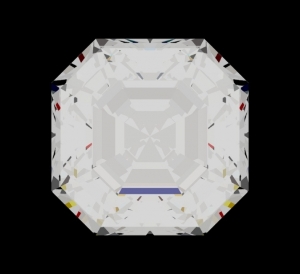
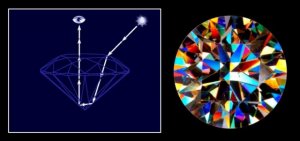
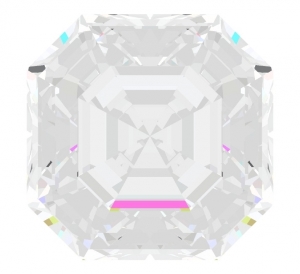
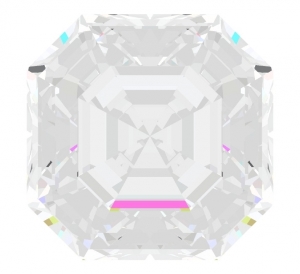
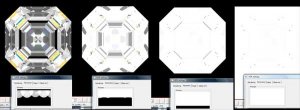
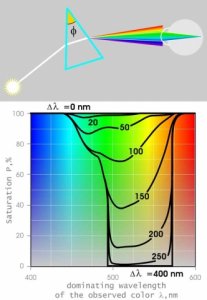
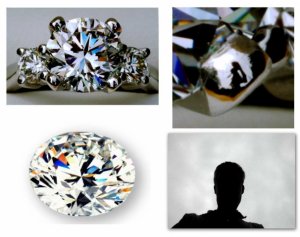


300x240.png)